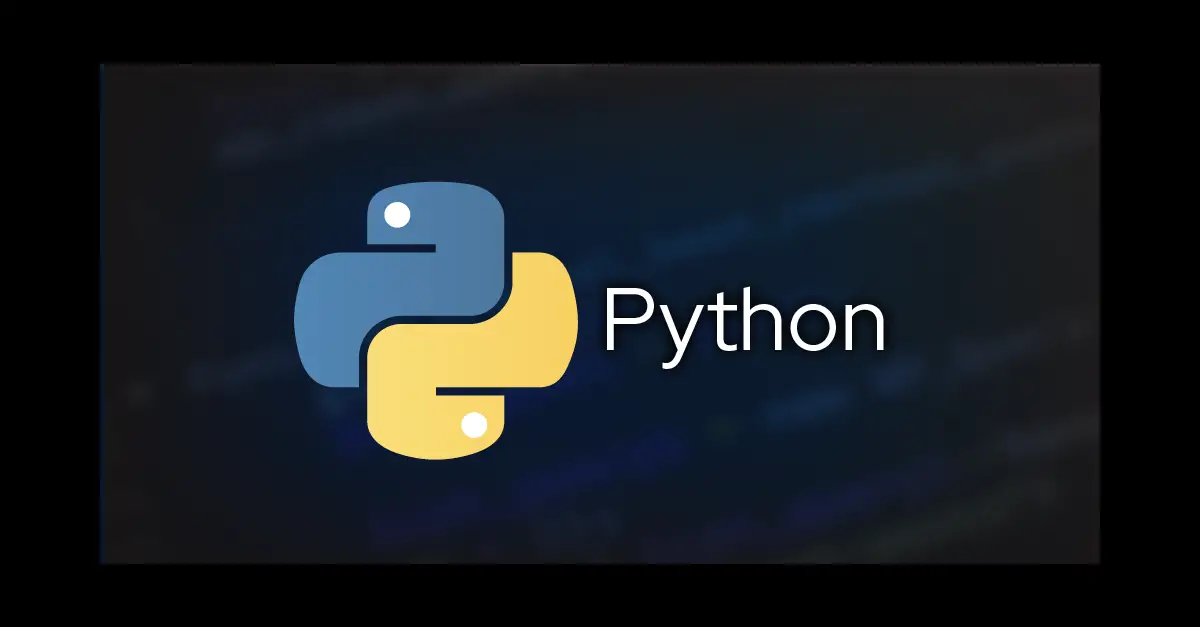The Power of py -m build in Python Development
When it comes to Python development, one of the most powerful tools at your disposal is the py -m build command. This command, which is available in Python 3.8 and above, allows you to easily build and distribute your Python projects with just a few simple steps.
What is py -m build?
The py -m build command is a built-in tool in Python that allows you to create distributable packages for your Python projects. With just a single command, you can package your project into a ready-to-distribute format that can be easily installed on other systems.
Using py -m build is extremely straightforward. Simply navigate to the root directory of your Python project in the command line and run the following command:
py -m build
Once you run this command, Python will automatically package your project into a distributable format, such as a wheel or a source distribution package. This makes it easy for other developers to install and use your project without having to worry about dependency issues or compatibility.
Why use py -m build?
There are several reasons why py -m build is a powerful tool for Python developers. Firstly, it simplifies the process of packaging and distributing your projects, making it easier for other developers to use your code. Additionally, py -m build handles dependencies automatically, ensuring that your project is easily installable on other systems.
Furthermore, by using py -m build, you can ensure that your project is packaged in a secure and efficient manner. This can help prevent potential security vulnerabilities and ensure that your code is delivered to users in the most reliable way possible.
Overall, py -m build is an essential tool for any Python developer looking to streamline their development process and make their projects more accessible to others.
Getting started with py -m build
If you’re new to using py -m build, getting started is simple. Just follow these steps:
- Navigate to the root directory of your Python project in the command line.
- Run the command
py -m buildto package your project. - Distribute the generated package to other developers for easy installation.
By following these steps, you can quickly and easily package your Python projects for distribution, making it easier for others to use your code in their own projects.
With py -m build, you can take your Python development to the next level and ensure that your projects are accessible and easy to use for other developers.
Conclusion
In conclusion, py -m build is a powerful tool for Python developers that simplifies the process of packaging and distributing projects. By using this command, you can streamline your development process and make your code more accessible to others.
So next time you’re working on a Python project, be sure to take advantage of the py -m build command to make your life easier and ensure that your code is easily shareable with others.

